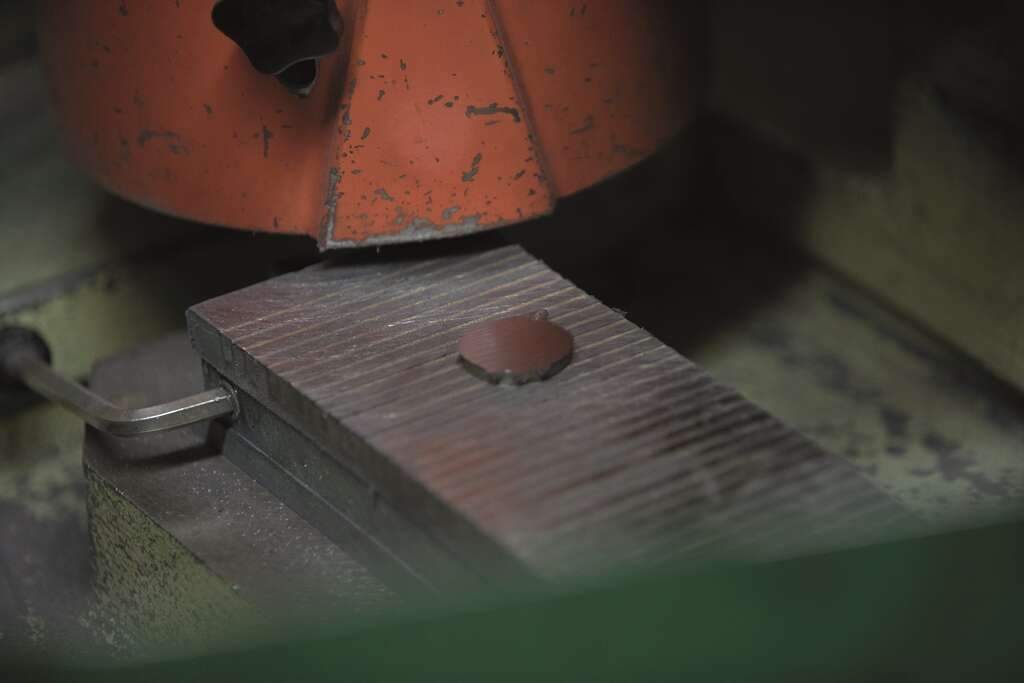Optical emission spectrometry (OES) is a great solution for analysing elements at low limits of detection like boron, carbon and sulphur. Conventional wisdom, however, would tell you that effectively analysing cast iron with an OES is a much more challenging task.
In order to ensure the right mechanical properties, ductile cast iron needs a specific form of carbon formation. The need to perform a high-energy pre-spark sequence with OES creates a potential analytical problem: it burns away some of the free carbon and leads to inaccurate readings.
This problem leads to foundries and other companies in the metals industry to adopt methods that have higher operational costs.
But, accurate OES analysis of carbon in cast iron is not only possible, but it is also simple and effective. It just needs the right sample preparation.
Here our OES expert Wilhelm Sanders shows you how:

The importance of cooling time
You need to avoid grey solidification to ensure a good sample for OES. White solidification is essential for the correct carbon result when using a spark spectrometer.
Grey solidification occurs when nodules form in the casted sample and prevent the best homogeneity of the carbon. To get an accurate reading, you need the carbon to dissolve in as consistent a manner as possible.
If using moulds, you need to make sure they are completely made of thermally conductive material such as copper and that they are clean so that rust formations from previous tests don’t slow the cooling process down.
Cooling time is critical - taking too long will lead to the grey solidification and destroy any chance of accurate carbon reading.
When using disc grinders, grinding paper is key
A common mistake when preparing a sample is using grinding machines with the wrong kind of grinding paper.
If you are going to be analysing steel, nickel, cobalt or titanium based metals, you should be using aluminium oxide. Zirconium oxide or silicon carbide can be used for low aluminium concentrations.
Change your grinding paper after every 5-10 samples to ensure you get the best performance out of your spark spectrometer and avoid contaminating your samples. Cross contamination can also occur if your sample’s surface is not completely metallic. Any remaining oxides and other substances can start to skewer your results.
But, the best method for cast iron sample preparation is using a cup wheel grinding machine.
Avoiding drift
OES analyser sensitivity does not remain stable over the long term. Environmental factors as well as ageing components can cause the analytical performance to drift over time.
To get around this, companies either tend to focus on materials that are less likely to suffer elongation in temperature changes or trying to stabilise the temperature and pressure of their testing environment.
Hitachi High-Tech OES analysers are designed so that you never have to make this choice again.
Our OES analysers more efficient, cost-effective and smarter too. Optics with a total wavelength coverage between 130 and 800 nm make it much easier to spot drift caused by temperature or pressure change early and correct it before it becomes a problem.
Accurately analysing carbon with an OES is all about understanding your analyser, but also about making sure your instrument is built to work in the way you need it to. At Hitachi High-Tech, we have over 45 years of helping companies get the very best from their analysis. Don’t hesitate to get in touch with our team of experts and see if we can help you improve your productivity with high-performance metals analysis.
If you want to know more about how to achieve optimal melt control with OES analysis you can download our whitepaper.
Whitepaper